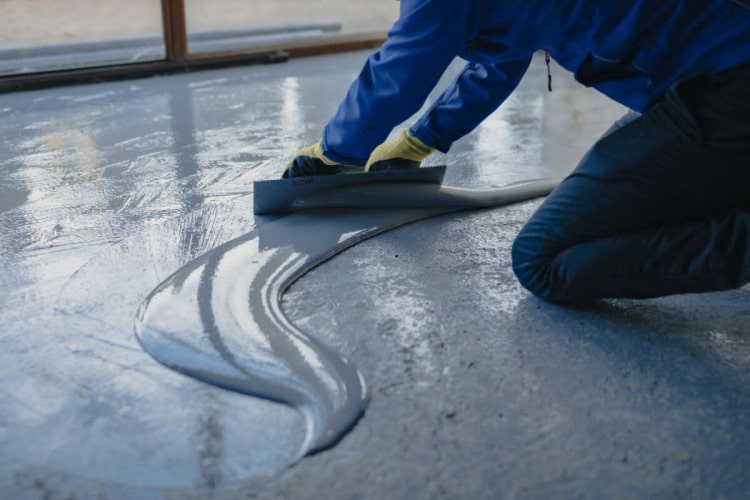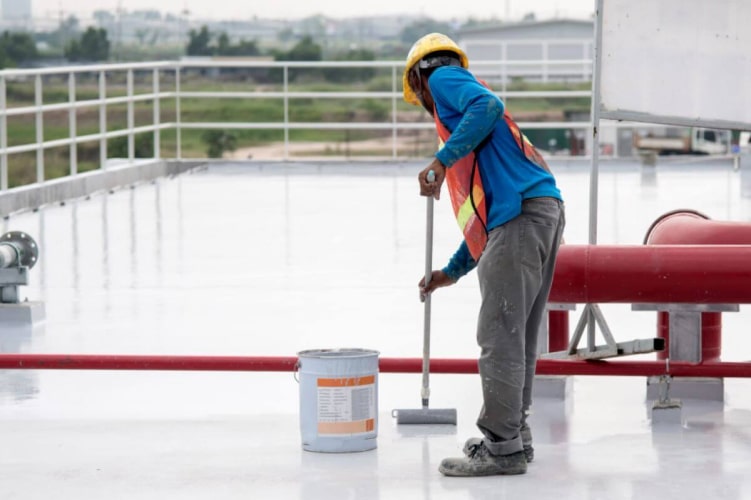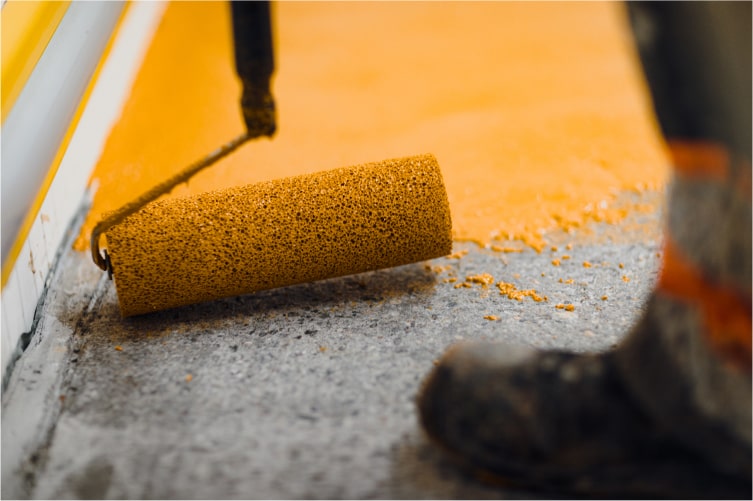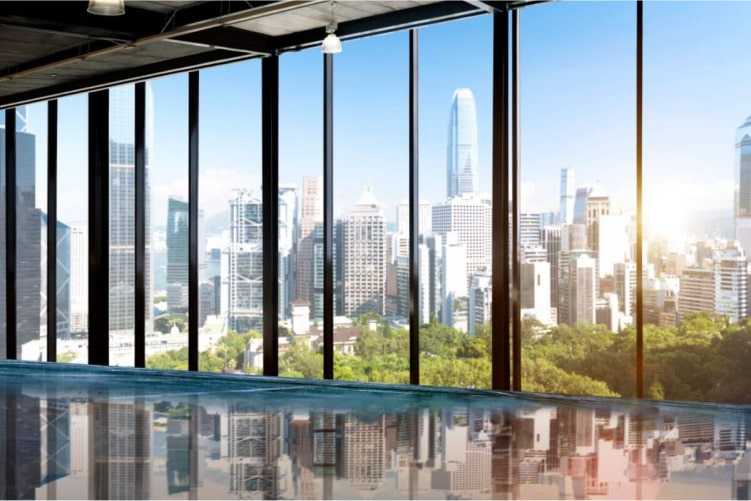
Retail Spaces
Retail spaces in the country, ranging from shopping malls to standalone stores, greatly
benefit from waterproofing measures. The protection of merchandise, interior spaces, and
electronic equipment from water ingress is crucial in maintaining a safe and inviting
shopping environment. Waterproofing solutions on roofs, facades, and basements help retail
establishments prevent structural deterioration, mold growth, and potential damage to goods.

Warehouses
Retail spaces in the country, ranging from shopping malls to standalone stores, greatly
benefit from waterproofing measures. The protection of merchandise, interior spaces, and
electronic equipment from water ingress is crucial in maintaining a safe and inviting
shopping environment. Waterproofing solutions on roofs, facades, and basements help retail
establishments prevent structural deterioration, mold growth, and potential damage to goods.

Pharmaceutical Factories
In pharmaceutical factories in the Philippines, waterproofing becomes indispensable to
maintain
a sterile and contamination-free production environment where critical medical supplies are
produced. Specialized solutions for walls, floors, and ceilings ensure adherence to
regulatory
standards, guaranteeing product quality and safety in humid and rainy conditions.

Industrial Spaces
Retail spaces in the country, ranging from shopping malls to standalone stores, greatly
benefit from waterproofing measures. The protection of merchandise, interior spaces, and
electronic equipment from water ingress is crucial in maintaining a safe and inviting
shopping environment. Waterproofing solutions on roofs, facades, and basements help retail
establishments prevent structural deterioration, mold growth, and potential damage to goods.

Healthcare Facilities
Healthcare facilities, such as hospitals and clinics, demand waterproofing solutions to
uphold
stringent hygiene standards and protect sensitive medical equipment. Waterproofing in the
Philippines safeguards these spaces against water infiltration, preventing potential damage
to
critical medical infrastructure and ensuring a sanitary environment for patient care.

Educational Institutions
Educational institutions, including schools and universities, often face challenges related
to
water damage, particularly during the rainy season. Waterproofing measures on roofs, walls,
and
foundations are essential to protect classrooms, libraries, and other facilities from leaks
and
structural deterioration. Implementing effective waterproofing solutions ensures a conducive
learning environment and contributes to the long-term sustainability of educational
infrastructures in the country.




